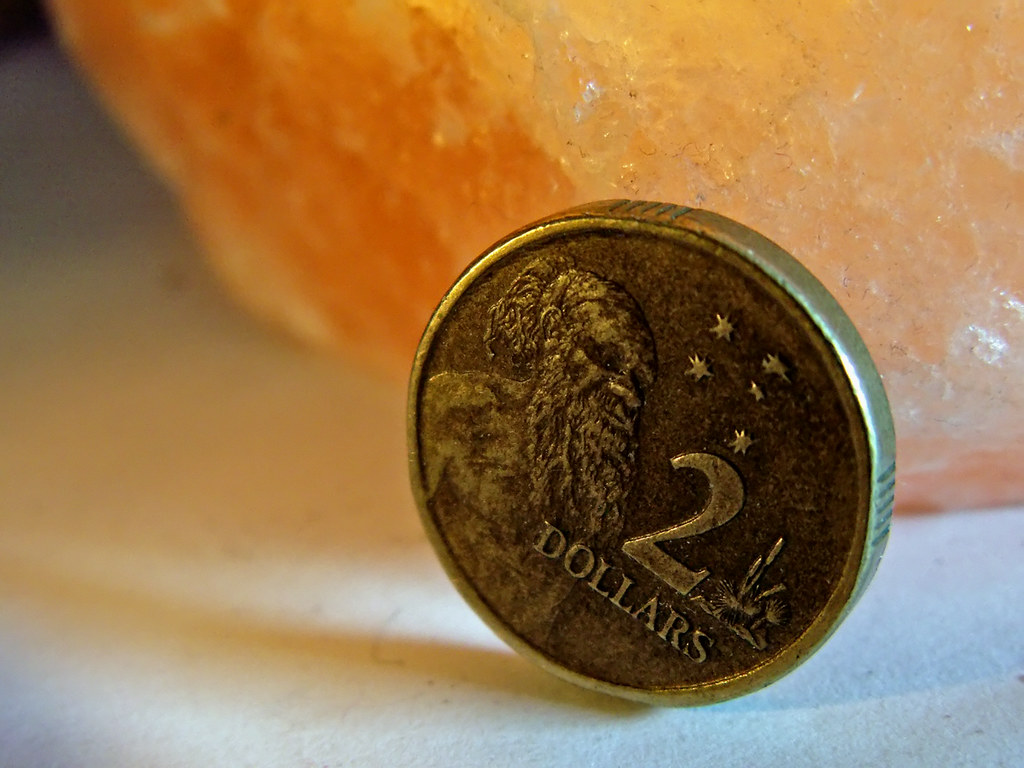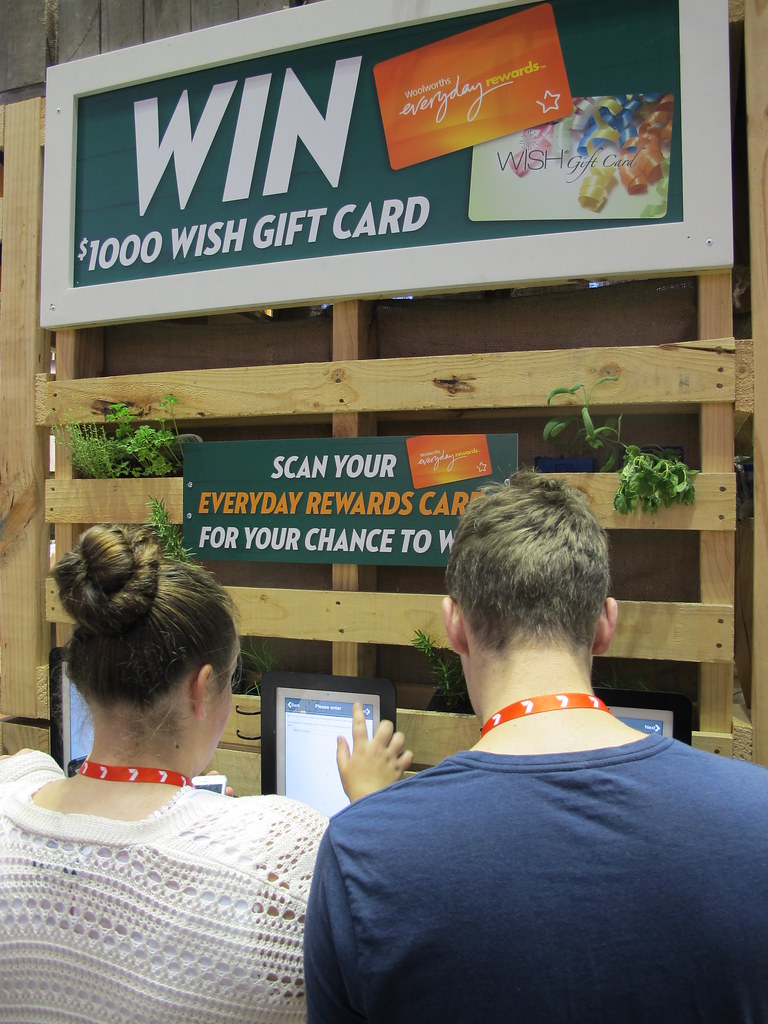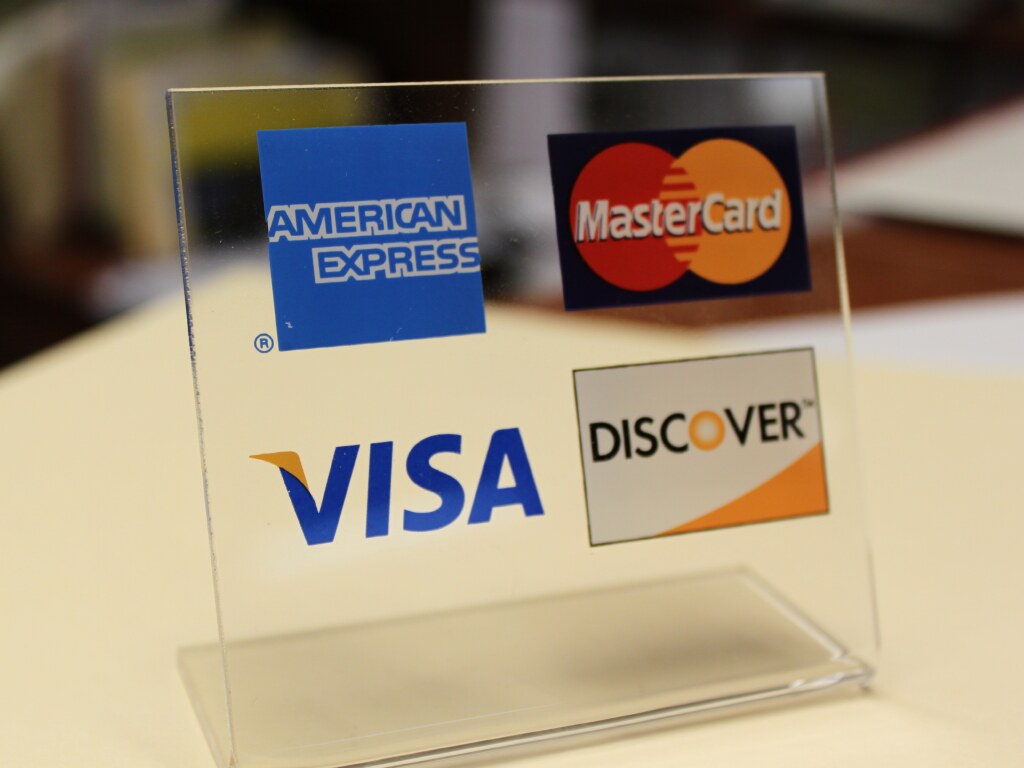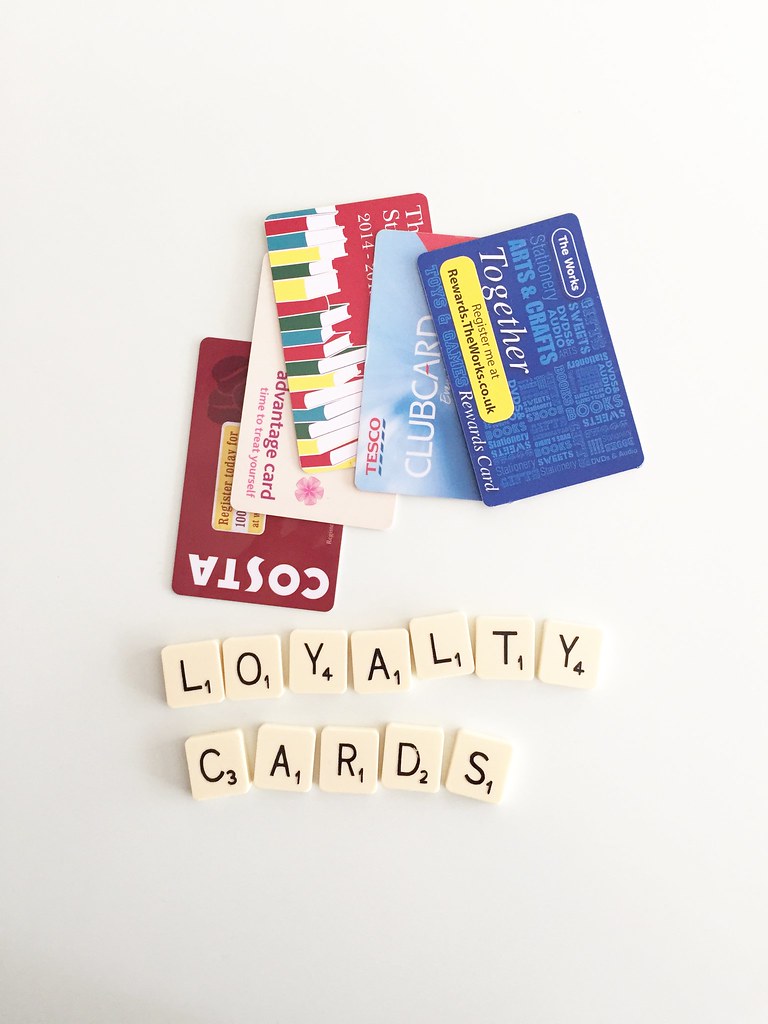Frequent flyer and loyalty points are big business, and you can harness it by joining in and optimising what you use your points on – and that means no spending points on toasters please! Follow these principles below to supercharge your points earning strategy, and understand what your points are worth.
Principle 1: Be Loyal Nowhere
This may seem counterintuitive, but we don’t recommend basing your purchasing decision solely on who a business is partnered with or whether they offer points earning opportunities. Instead, the rule should be find the best value for money business, taking into account any points earn. Here’s an example;
- Business A sells printers at $100 per printer
- Business B sells printers at $110 per printer, but offers 50 ACME Points for the purchase, and you collect ACME Points
You should only purchase at business B if those 50 points is worth $10. If it isn’t, you should generally stick with business A.
Why “generally”? Well, there are some exceptions to this rule – for example, if you’re 20 points short of being able to redeem your points for something, then maybe it’s worth paying a little bit more to get you over the line.

Principle 2: Every Point Counts
To really get into the points game, earn points wherever they are offered (without offending principle #1)- major businesses such as Coles, Woolworths, 7 Eleven, BP and more all offer points for regular purchases, and you should always scan that loyalty card, no matter how small the purchase. The points for each purchase may not seem like much, but they do add up over time! As an example, the average household spends $10K a year on groceries. If this was being spent at Coles, that $10K would translate into 10K flybuys points, which can then be turned into 5K Virgin Australia Velocity points – and that’s not even taking into account all the bonus points offers that programs like flybuys run throughout the year.
A one way economy reward seat from Melbourne to Sydney costs 7800 Virgin Australia Velocity points, so your annual grocery spend alone should just about be able to earn you a ticket!

Principle 3: Double Dip If You Can
Who doesn’t like being rewarded twice over for doing the same thing? And that’s exactly what you can do if you have a points earning credit card (and in rare cases, debit card).
Points earning credit or debit cards are not for everyone (the rule we follow with credit cards is that you need to always pay off the balance on your card, or else it’s not worth having), but if you do have one and can manage it well, remember to always use that for your purchases – that way, you earn points through your credit card program as well as through the retailer’s own program. Winning!

Principle 4: Consolidate Wherever Possible
Despite what we recommend in principle #2, if there’s some way to pool your points together or earn points in one program across multiple businesses, then that’s the better way to go. There are a couple of reasons why we recommend this:
- many programs have expiry dates for loyalty points earned, so if you’re not earning enough then it may all expire before you get to use them
- the more points you have in a program, the more flexibility you get in terms of what to use them on
Generally speaking, in Australia, we recommend focusing your earn in the following programs:
- Qantas Frequent Flyer (QFF)
- Virgin Australia Velocity Frequent Flyer (VFF)
- Woolworths Rewards
- Flybuys
- Delta Air Lines
- United Airlines
We recommend QFF and VFF because they have large numbers of earning partners, and flight redemptions are generally speaking better value and more exciting than what you can get through other programs.
Woolworths Rewards and Flybuys allow points transfers into Qantas Frequent Flyer and Velocity Frequent Flyer respectively, but it’s not a bad idea to keep points in those programs and only making transfers to the airline programs when you need to, because (1) Woolworths and Flybuys points are easy to keep alive, (2) those programs sometimes run transfer bonus promotions where you receive more points than usual, and (3) if you’re not planning to redeem for flights, Woolworths and Flybuys effectively allow you to get money off your grocery shop, which is a very easy way to liquidate your points.
Delta Air Lines and United Airlines might seem like strange recommendations to make given the fact that they’re not Australian based and don’t even have a strong presence in Australia. However, they’re handy programs to have in your back pocket because Delta belongs to the Skyteam airline alliance and United belongs to the Star Alliance alliance. Together with Oneworld (which Qantas is a part of), the three alliances cover a significant number of airlines you’re likely to travel on, and so having membership in these three programs allows you to earn points for almost every trip. We recommend Delta and United in particular because points earned in their programs do not expire, meaning that, for example, points earned from your odd trip on Garuda or Vietnam Airlines can accumulate in your Delta Air Lines account over time.
So what about all the other programs out there? Are they worth joining? Well:
- If you can earn points through one of the “master programs” above, then use that program
- If you can’t earn points for something through one of these master programs, then sign up to the loyalty program the business is offering.
- If that business’ own loyalty program allows you to transfer points into one of the master programs, then you should do that UNLESS you use that business frequently and think you can very efficiently make use of the points in that specific program.
So just how much are points worth?
We’ll explain this in a bit more detail in another article, but generally speaking, we recommend valuing:
- QFF and VFF points at 1 cent per point – so if you have 100 points, it’s worth $1
- Woolworths Rewards and Flybuys points at 0.5 cents per point – so if you have 100 points, it’s worth 50 cents.
We have a number of reasons why we value them this way which we’ll discuss next time. In the meantime, use this as the yardstick for redemptions – if what you’re redeeming for is worth higher than 1 cent per point, then it’s worth using your points. If not, then don’t redeem.
Whatever you do, DO NOT think about points as being a “bonus”, or having no value, because this is what leads to many people making very poor redemption choices!
Stay tuned for our next article about the world of loyalty points!
